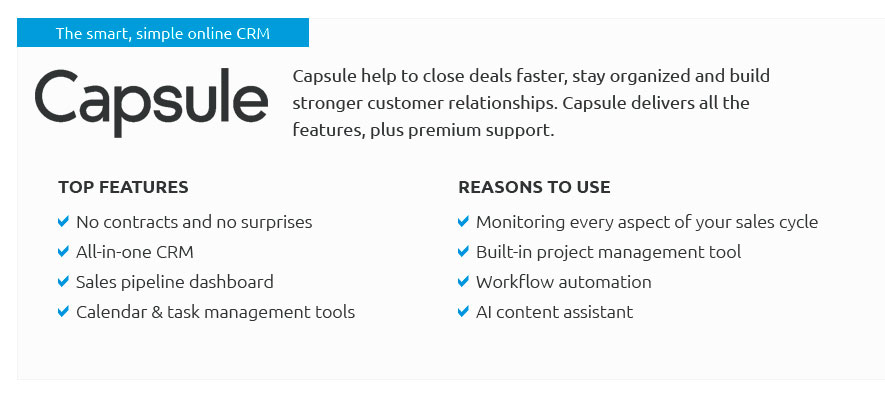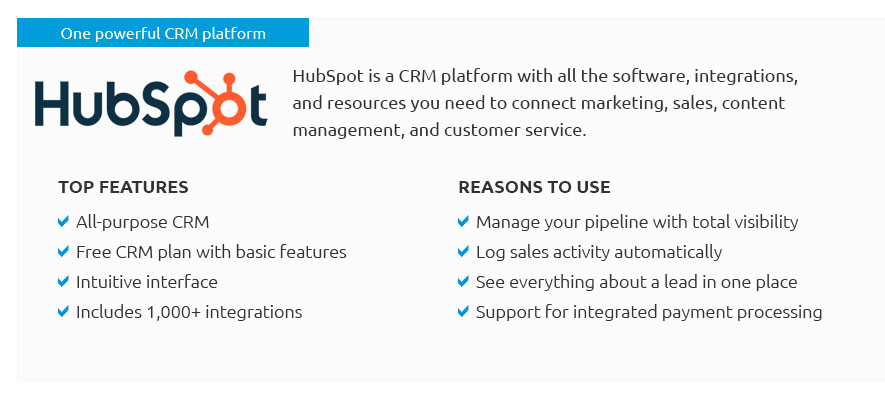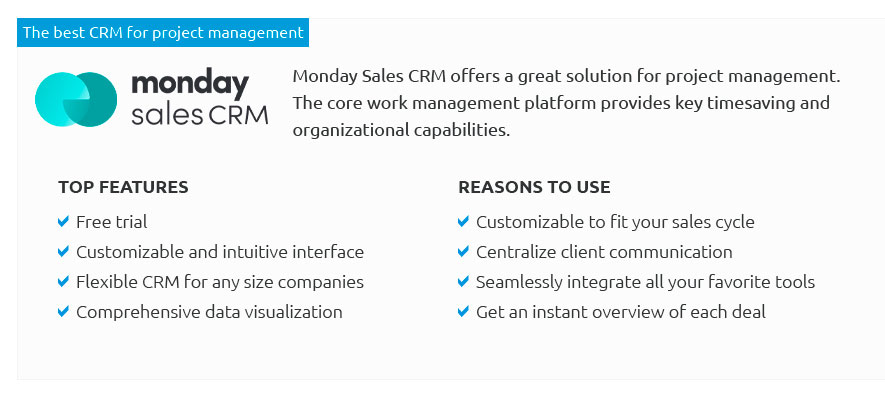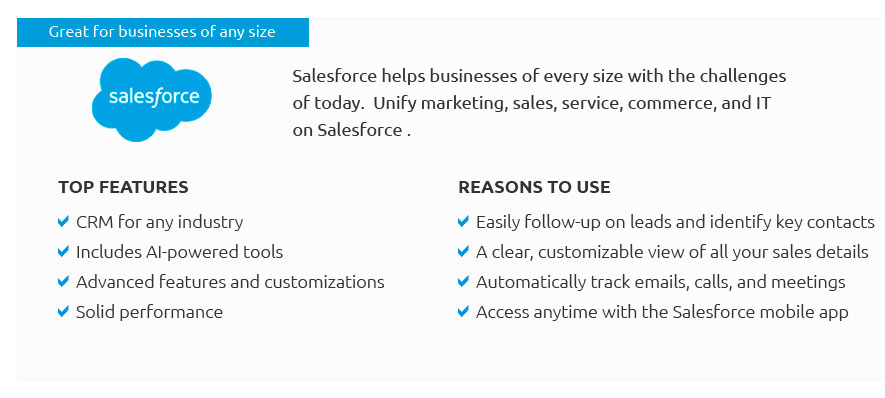 |
 |
 |
 |
 |
|
 |
|
 |
|
 |
|
 |
|
 |
|
 |
 |
|
yhscbwnziu Unleash your business's potential with our definitive CRM software review, spotlighting the best CRM platforms that redefine efficiency and connectivity by seamlessly integrating social media scheduling, enabling you to engage with your audience like never before, streamline your operations, and drive unparalleled growth; it's time to elevate your strategy with tools that don't just adapt to your needs but anticipate them-dive in and discover how the right CRM can transform your business narrative into a success story.
https://later.com/
Find influencers by industry and country location with Later Creator Marketplace - Drag and drop Instagram story posts to schedule in advance based on your best ... https://www.adobe.com/express/feature/content-scheduler/social-media
A social media calendar (sometimes referred to as a social media planning calendar) is a tool used by individuals and businesses to plan and organize their ... https://www.loomly.com/
Create and schedule social media content within minutes, seamlessly collaborate with your team or clients, and easily track your success with Loomly.
|